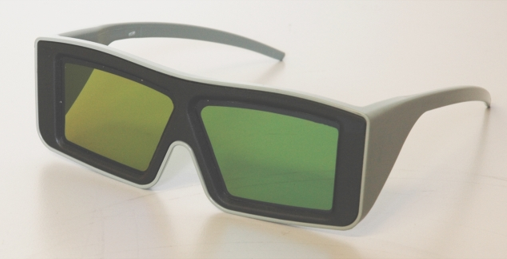3D television (3DTV)
3D television (3DTV) is a television system that enables the three-dimensional display of television images. This means that with 3D television, the entire recording, production, transmission and playback technology would have to be designed for three-dimensional signals. However, this is not the case, at least not in the context of television, but only for video.
Therefore, the term 3D television is not quite correct, because it refers to playback systems that can display videos from Blu-Ray discs in three dimensions. This restriction is important because no regular 3D programs are currently broadcast over the television transmission channels, only some test programs.
Three-dimensionality (3D) differs from two-dimensionality by the additional impression of depth. 3D representations are more vivid than classic 2D representations because they correspond to reality. The problem lies in the conversion of the depth information on a flat two-dimensional screen.
The different stereoscopic methods
In terms of approach, there are various stereoscopic processes that were already used in photography over a hundred years ago. The stereoscopic methods imitate the human visual behavior, where the depth information is determined by the distance between the two eyes. Both eyes see different images in perspective, resulting from the small difference in viewing angle. Other 3D techniques work virtually, adding depth information to flat 2D representations. Still others use holographic techniques or specific effects.
3D television usually works with stereoscopic techniques. This means that the images are recorded with two slightly offset cameras. This results in two images with slight differences in viewing angle. These are processed, compressed and stored by production technology. The storage medium available is the Blu-Ray disc, a fast storage medium with extremely high storage capacity and short transfer rates. This medium offers sufficient storage space for storing the two stereoscopic images. However, playback requires a 3D-capable Blu-ray player. The three-dimensional presentation is then shown on a 3D display.
Of the various stereoscopic methods, 3DTV uses the method in which two images are transmitted in two successive frames, one for the left eye and one for the right eye, offset in perspective. This method uses shutter glasses controlled from the display to separate the two images. As a result, the left eye sees only one image, while the right eye sees the perspective-shifted second image. This gives the eyes a three-dimensional impression, which is converted by the brain into a three-dimensional representation.

-Foto-Philips.png)
